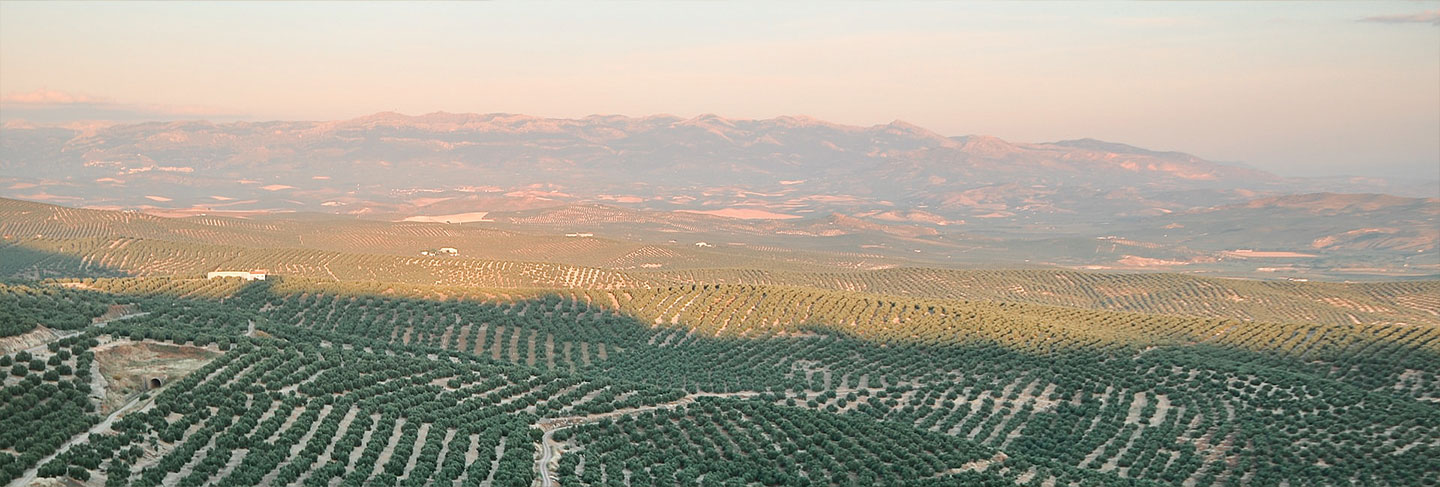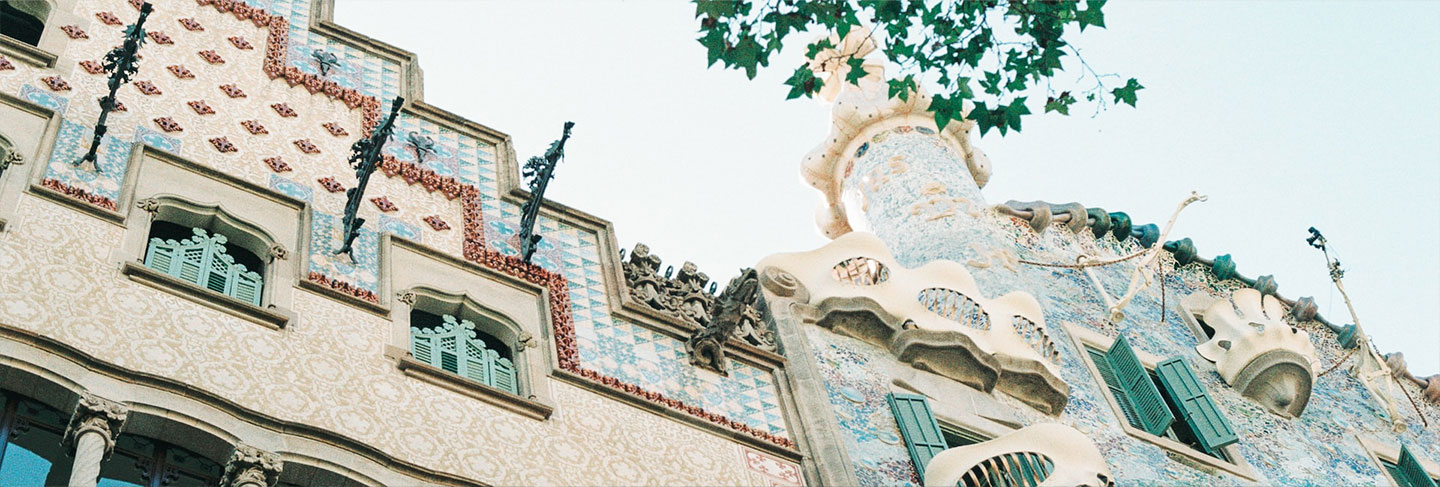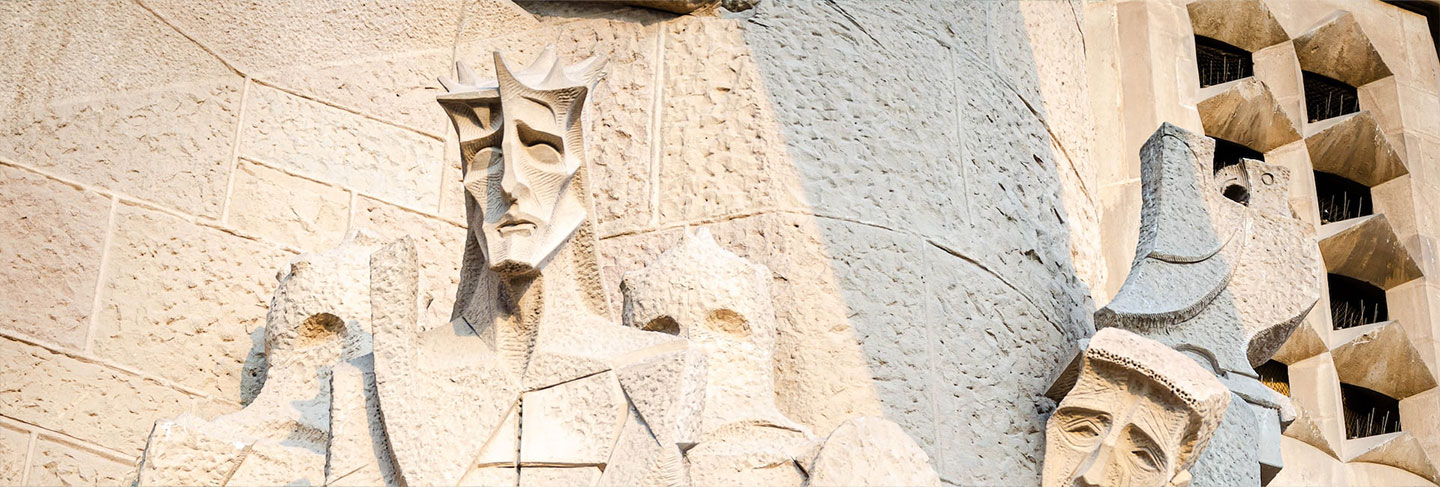Centuries of conquests and reconquests, a colonial past, great waves of immigration and emigration, religious, nationalist and regionalist fanaticism either embraced or met with popular resistance… all this and more has given birth to modern Spain: a special land bubbling with a deep richness of culture and a wealth of fascinating traditions.
Villanovo takes a look at the culture and traditions of the world’s second most popular tourist destination.
Unless you have travelled by land across the south of Spain, you might be surprised to discover that Spain is the largest producer of olive oil in the world. To those who have looked out across parts of Andalusia close to Jaen, where the endless swathes of olive groves stretch out in all directions as far as the eye can see, this will come as less of a surprise. In fact, the area of Jaen alone produces more olive oil than the second country on the list, Italy.
Agriculture represents one of Spain’s most important industries. Spain is the highest producer of citrus fruits in Western Europe, with its famed Valencian oranges and lemons among the star crops. Perhaps surprisingly, it is also the biggest exporter of wine in the world – a fact somewhat obscured by much of it being bottled in France and Italy.
And, of course, its tourism sector is hugely important to the country, representing 11% of its GDP.
The more traditional trades in which Spain excels include shoemaking (its famous menorquina shoes providing the perfect midpoint between sandals and deck shoes), ceramics (with each region specialising in its own style), basket making (particularly from the Balearic and Canary Islands, where palm trees form the basis for their wickerwork), and knifemaking from Toledo, while Andalusia is famed for its embroidery and jewellery. The rustic markets and boutiques of these areas are brimming with treasure!
The cities and towns of Spain can seem like open air museums at times, given the magnificent architectural heritage on show. A stroll through the Gaudi-flavoured streets of Barcelona alone will dazzle with the boldness of its famous Sagrada Familia cathedral, Casa Batlló and Parc Guell, not to mention its Gothic quarter and the ever-present view of its Disney-like hilltop church of Tibidabo.
The country’s Roman influence can still be seen in the ruins of Tarragona, the aqueducts of Segovia and Mérida and the Roman ruins of Italica near Seville. The south is awash with reminders of its Moorish past, most notably in its spectacular palatine of the Alhambra and the unmistakable main chamber of Cordoba’s Mosque-Cathedral. Elsewhere, in Seville, the iconic La Giralda bell tower of its Notre-Dame Cathedral betrays its Islamic past, with its former life as a minaret barely disguised.
The Cathedral of Santiago de Compostela, a Romanesque site with later gothic and Baroque additions, is considered the third most important Catholic site in the world, and marks the end of a pilgrimage for many Christians who undertake the famous Camino de Santiago route across the north of the country to get there.
Spain is often at the vanguard of contemporary architecture, with Bilbao’s famous Guggenheim Museum and Tenerife’s striking Auditorium both cases in point.
Spain’s contribution to the arts cannot be overstated. It has had a huge influence in the fields of painting, sculpture, literature, music and film.
In the field of literature alone, it can lay claim to having created the first modern novel, in the form of Miguel de Cervantes’s masterpiece Don Quijote de la Mancha. Meanwhile, the early picaresque stories about Lazarillo de Tormes had a huge influence on Henry Fielding and Mark Twain, to name but two. Today, the continued importance of Spanish literature can be seen in the success of Almudeña Grandes, Javier Marias, and Carlos Ruiz Zafon, while the memory of playwright and poet Federico Garcia Lorca lingers on in the imaginations of many a romantic.
Its thinkers have also left their mark on the world, with ‘Roman’ philosopher Seneca originally hailing from Andalusia, while thinkers José Ortega y Gasset and Maria Zambrano cast a long shadow over the 20th century.
The world of painting would be poorer were it not for the Spanish masters, El Greco in the 16th Century and Murillo and Valezquez in the 17th century, the latter of whom produced the famous masterpiece Las Meninas, whose mysteries continue to intrigue and inspire to this day. Francisco de Goya was a luminary of the 18th Century arts scene, while the revolutionary and often surreal works of Salvador Dalí, Pablo Picasso, Luis Buñuel (film-maker) and Joan Miró had a lasting impact on the 20th Century and beyond.
Meanwhile, our appreciation of the culture of Spain would be far less complete were it not for the dazzling cinematic works of Pedro Almodóvar, whose colourful, stylish take on Spanish culture, and indeed cinema itself, has lit up the past 35 years.
Spain’s cultural diversity, with influences both regional and international, can be seen in its many traditional styles of folk music and dance: from Jota, Copla, and Fandango to Paso doble and Muñeira, as well as Andalusia’s iconic Flamenco.
It is the latter that perhaps defines our image of Spain more so than any other cultural product. The sultry strokes and the percussive strumming of the flamenco guitar, the thunderous clapping and stamping of the dancers, the unmistakable Moorish tones of its distinctive canto hondo singing style, the striking colours and polka dot patterns of its violently flicked dresses… there’s a rare joy in discovering, on a trip to the south, that this is a tradition that remains very much alive in the cave taverns of Granada and the narrow streets of Seville. In fact, the classical guitar was first created in the south of Spain in the 1790s - so anybody who has any affection for the sound of the six-string owes a debt of gratitude to the country!
For many, Spain is synonymous with fiestas. And while the country has so much more to offer (as I hope we’ve demonstrated…), it cannot be denied that the Spanish like to party!
From the famously reckless Running of the Bulls in Pamplona to the Feria de Seville and Las Fallas de Valencia, there isn’t a region in Spain that turns down the opportunity to don some fancy dress, grab some wine and fireworks, throw caution (and often common sense) to the wind and take to the streets to celebrate, well… anything! A special case in point is the night of San Juan (23rd June), when the whole country seems to sit down for a meal with the family before heading out for a night of wine, fireworks and hedonism.
Then, of course, there is La Tomatina – tomato fight – which takes place in Buñol near Valencia, in which the streets and people turn a happy shade of red, during what must be the world’s biggest (and messiest) food fight.
In Catalonia, the Balearics and Valencia many events are graced by the famous Castellers – human towers, sometimes 7 or 8 people high, which have to be seen to be believed. While Barcelona’s Fiestas de Gracia see the narrow streets of this splendid neighbourhood decked out in fancy dress, and mini stages showing raucous performances by local bands set up throughout them.
Then there is the Feria de Málaga, a celebration dating back to 1491 to commemorate the city’s conquest. It’s celebrated over ten days in August, during which time the whole city dresses up in their best folkloric costumes; women don their flamenco dresses and put big colourful flowers in their hair and people dance and sing all night in the streets which are lit up with beautiful decorations. This fair is arguably the most popular and famous festival on the Costa del Sol.




